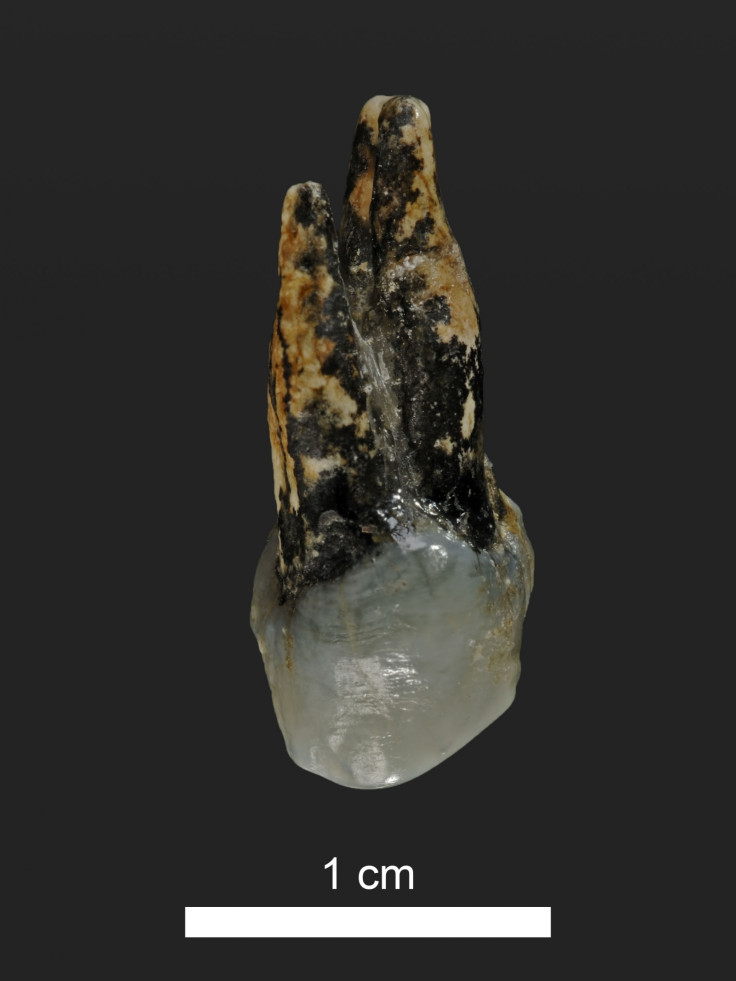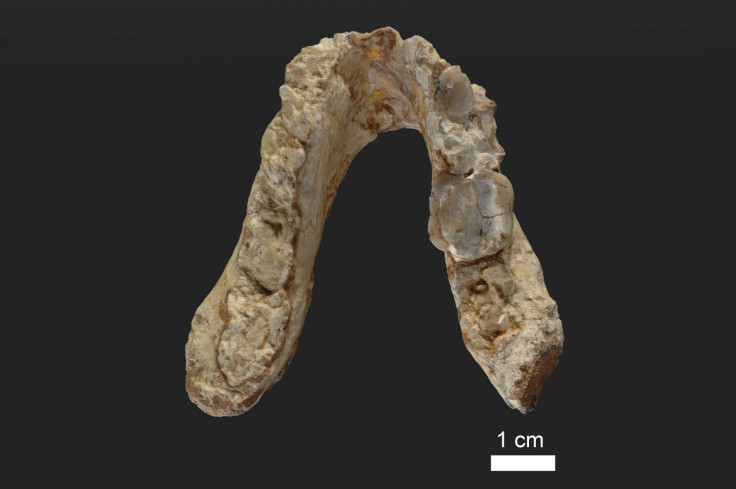First humans emerged in the eastern Mediterranean and not East Africa
Controversial study claims to have found the origin of humans as early as 7.2 million years ago.
Humans may have split off from the rest of the great apes more than 200,000 years earlier than previously thought and evolved in what is now Greece and Bulgaria, overturning the 'out of East Africa' theory of human evolution.
The last common ancestor of chimps and humans was thought to have lived between 5 and 7 million years ago in Africa, according to traditional wisdom. A species that lived in the eastern Mediterranean that has been found to have human-like characteristics is now overturning that long-held view.
The species is called Graecopithecus freybergi, and its teeth are at the centre of the controversial finding. Two specimens dug up from Greece and Bulgaria date from about 7.2 million years ago, and they have premolars that are much more like those of humans than those of chimps.
"While great apes typically have two or three separate and diverging [premolar tooth] roots, the roots of Graecopithecus converge and are partially fused – a feature that is characteristic of modern humans, early humans and several pre-humans including Ardipithecus and Australopithecus", said study author Madelaine Böhme of the University of Tübingen, Germany, in a statement.
This specimen is said to be hundreds of thousands of years older than other contenders for the oldest pre-human species, which have all been found in Africa. One of the previous oldest pre-humans found was a Sahelanthropus discovered in Chad. The eastern Mediterranean specimen is at least 200,000 older than Sahelanthropus, and possibly more.
"We were surprised by our results, as pre-humans were previously known only from sub-Saharan Africa," said Jochen Fuss, also of the University of Tübingen and a study author.

The researchers also say they have found evidence that the formation of the Sahara desert 7.2 million years ago may have played a key role in early human evolution. The Graecopithecus samples were discovered in a sediment containing fine red material that they liken to desert dust. In addition, the dust samples date from roughly the same rock age as that which makes up the red sands of the Sahara desert.
At the same time, there was a savannah landscape in Europe that may have been much more hospitable to ape species. Instead of passing out of East Africa, the researchers suggest that the migration would have been out of North Africa. The first pre-humans would then have evolved in the more hospitable savannah landscape of Europe, the study authors claim.

"We reconstruct a savannah, which fits with the giraffes, gazelles, antelopes, and rhinoceroses that were found together with Graecopithecus," said Nikolai Spassov from the Bulgarian Academy of Sciences, also an author of the study.
"The incipient formation of a desert in North Africa more than 7 million years ago and the spread of savannahs in southern Europe may have played a central role in the splitting of the human and chimpanzee lineages," concluded Böhme.
© Copyright IBTimes 2025. All rights reserved.






















